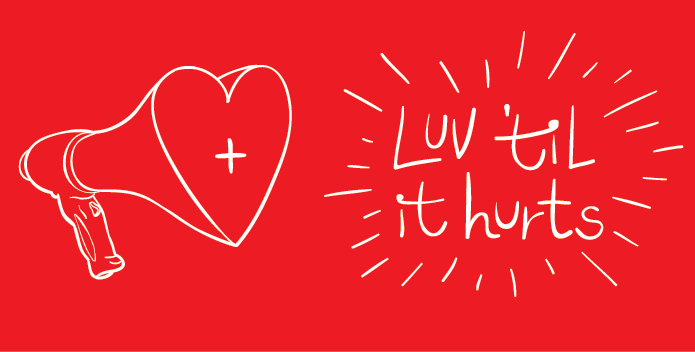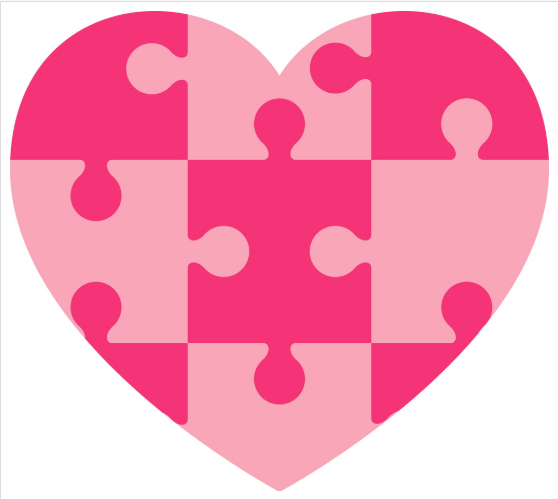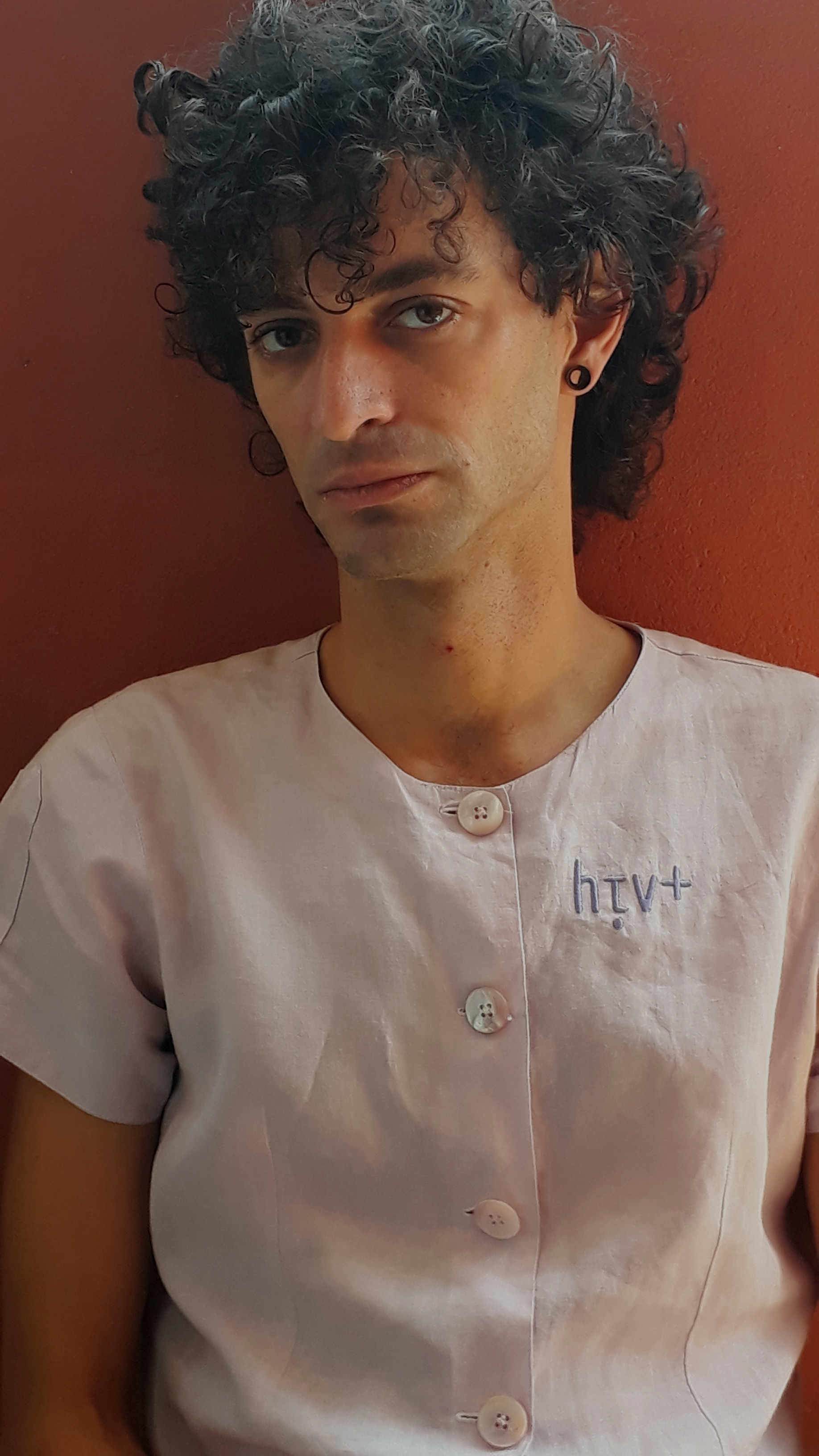considering attach-ability (#2)
hi guys,
So, I’ve had an idea for you both for around 6 months now and have regrettably failed to share it in a robust form. I would like to do so now.
We may thank Brad Walrond for texting with me overnight (why he was awake, I do not know:). Jonathan, Brad archives Pony’s work and/or that of his house.
Jonathan, remember when I mentioned I wanted to talk to you on insta the other day. Well, maybe we can do that in person on February 9th. I want to invite you to a performance at the home of Livia Alexander. It is rumored that Brad will perform there/then. Pony, you are most welcome also.
Pony is the maker/father/legend of the House of Zion. Jonathan I presume you know a bit about the NYC and global ballroom/voguing houses.
Pony, do you know Battery Dance? BD is a lot of things. If I may: anchor dance/thought leader in downtown (for how long now, Jonathan?); key role in post 9/11 ‘being’ in downtown; cultural diplomacy/choreography/peacebuilding/dance … Well, they have a site where you can read all this:)
They use a tagline, ‘Dancing to Connect’, and I do feel that is an understatement!
Jonathan, Pony’s is a very special house. In 2015/16 I began researching types of exchange in ballroom thinking about local work I was seeing in São Paulo on HIV, public health access, and other right to the city concerns. Just before this period, I contracted HIV in São Paulo. So that also made the site of Lanchonete.org (a project on the right to the city) likely to consider HIV as one of its themes. We did this through Cidade Queer, a year-long series of encounters in 2016. I visited a site in Lecce, Italy to see Pony offering a workshop, and shortly after invited him to be a part of Cidade Queer and its culmination in late 2016. After a group production of the first ball (of its size) in São Paulo (called Ataque, September 2016)–something made by many people at once–Pony invited a Brazilian mother and father to take the reins of the new House of Zion-Brasil.
In 2019, Pony returned to visit the house (along with Brad Walrond), and participated in the Ball: Vera Verão put on by Coletivo Amem and House of Zion-Brasil. I think perhaps Brad will perform the (not same:) 1986 piece on Feb. 9 that he did at this ball.
In fact, Jonathan, I think I introduced you to the Coletivo Amem / House of Zion-Brasil guys on e-mail once. It was around the time that I first had this idea…the one that is coming. But also Pony was a part of the launch of my project Luv ’til it Hurts on HIV and stigma (back in October 2018), as was Brad. This collaboration led to their visit in January 2019.
I remember this email because I spoke of dancers and choreographers in the ballroom world ‘aging out’ … like that moment when the body won’t give the same as before. Of course this is different for each person, each dancer.
These encounters–2015, 2016, 2018, 2019–allowed Pony and I the time to get to know each other. And, now I follow him on Insta:) Pony, am I right to say that VogueFitness is taking off? And, dude, you are looking buff!!
I remember what you told me of your idea. I luved it!! I hope I can ask you to share it here with Jonathan (and me again) … as I’m sure it’s changed / developed a bit since we last talked.
Jonathan, it would not surprise me if you have also thought of concepts and solutions on this broad spectrum of wellness, professional transition support, public health issues, NYC, fitness … wellness.
So, what I’m proposing is that you two guys might have things to talk about, ideas to make together. That is if you don’t already know each other. Uptown … Downtown.
Recently I was talking to a festival curator about a possible LUV ‘entry’ late this year. I don’t really have anything to offer. I have ideas, but some are limited by living far away in São Paulo.
You know that place where ideas reside, usually early in the morning. An idea was there, and it recurred some times. If you two came up with a concept, perhaps LUV could present it to the or at the festival. Or vice versa. I don’t know.
Would you guys have time to speak about this the first couple weeks in February and, please mark Sunday Feb 9 (LUV Iemanjá) on your calendars … if you are around?
luv
todd




